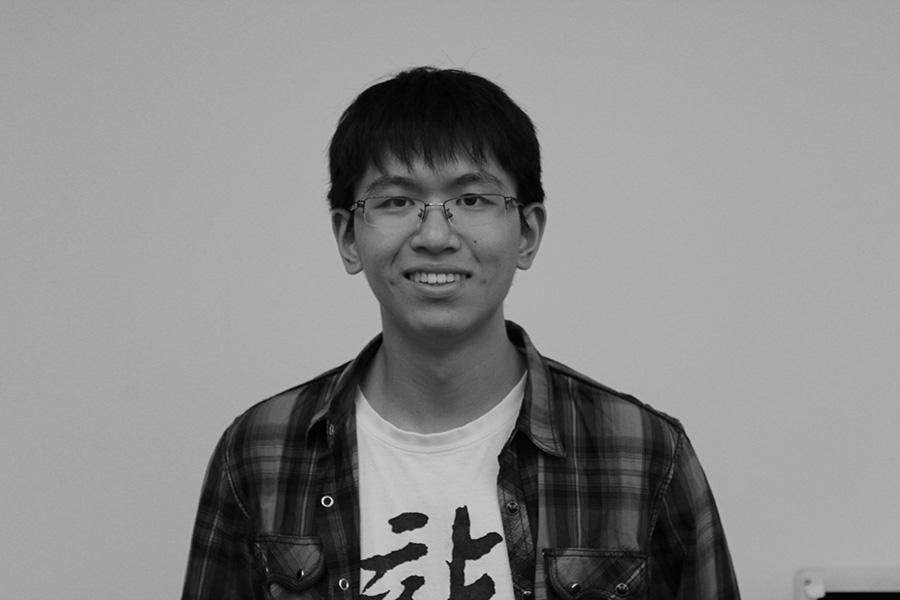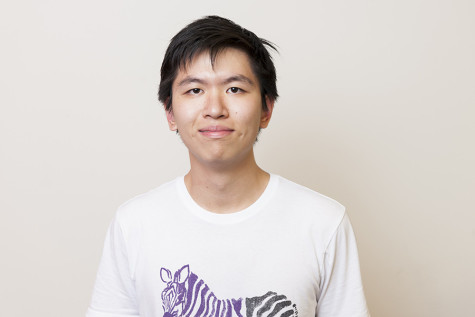1Art pieces good investment for wealthy
November 19, 2014
A recent auction at famous New York auction house Christie’s set the record for the most valuable art auction in history, totaling $853 million worth of contemporary and post-war art. This was the fourth successive Christie’s auction to have broken this record, an indicator of the breakneck growth of the art market. Many pieces by young, relatively unknown artists have sold for hundreds of thousands of dollars at auction — often well over 3,000 percent of their previous market valuations.
Perhaps most spectacularly, many of these pieces look absolutely ridiculous. Lucien Smith’s “Secret Lives of Men,” a spatter of blue dots across a white canvas, sold for $319,000. Oscar Murillo’s “Untitled (Drawings Against a Wall),” a furiously unintelligible black and blue scribble, sold for $401,000. They are obtuse, difficult to understand, yet they fetch obscene prices. The average person shudders at the thought.
But the average person does not think like an investor. Taken as an investment, art seems to do exceptionally well. Buyers and analysts consider art an exceptional hedge against inflation, with the potential for a very high return if the artist becomes popular. Many of the ultra-rich have up to 5 percent of their wealth in art. Young millionaires from Russia, China and the Middle East have pumped an extraordinary amount of new money into the market, snatching up pieces at several times their estimated value. Though they chase art for likely both aesthetic pleasure and social status, the investment aspect also plays a major role.
As a result, there is a lot of peripheral investment activity around the art community in order to bolster interest and keep prices up. Prominent buyers have a great deal of sway in recommending new artists to other buyers. Passionate collectors — sometimes six or seven competing for one piece — tend to bid up pieces out of passion. It is simply a matter of self-interest — the more valuable the art market’s as a whole, the more valuable one’s holdings are likely to be in the future. With a rough total valuation of only $15 billion, the art market is particularly susceptible to the influence of a few very wealthy individuals.
Put simply, the art market is in a bubble. The combined aesthetic appeal and high promise of return have made art a very desirable investment for the extremely rich. Art’s skyrocketing prices are less a reflection of its merits and more a reflection of what a select few think the art will be worth later. The world of art has not gone crazy — it has just gone commercial.
A version of this article appeared in the Wednesday, Nov. 19 print edition. E-mail Richard Shu at [email protected].

























































































































































